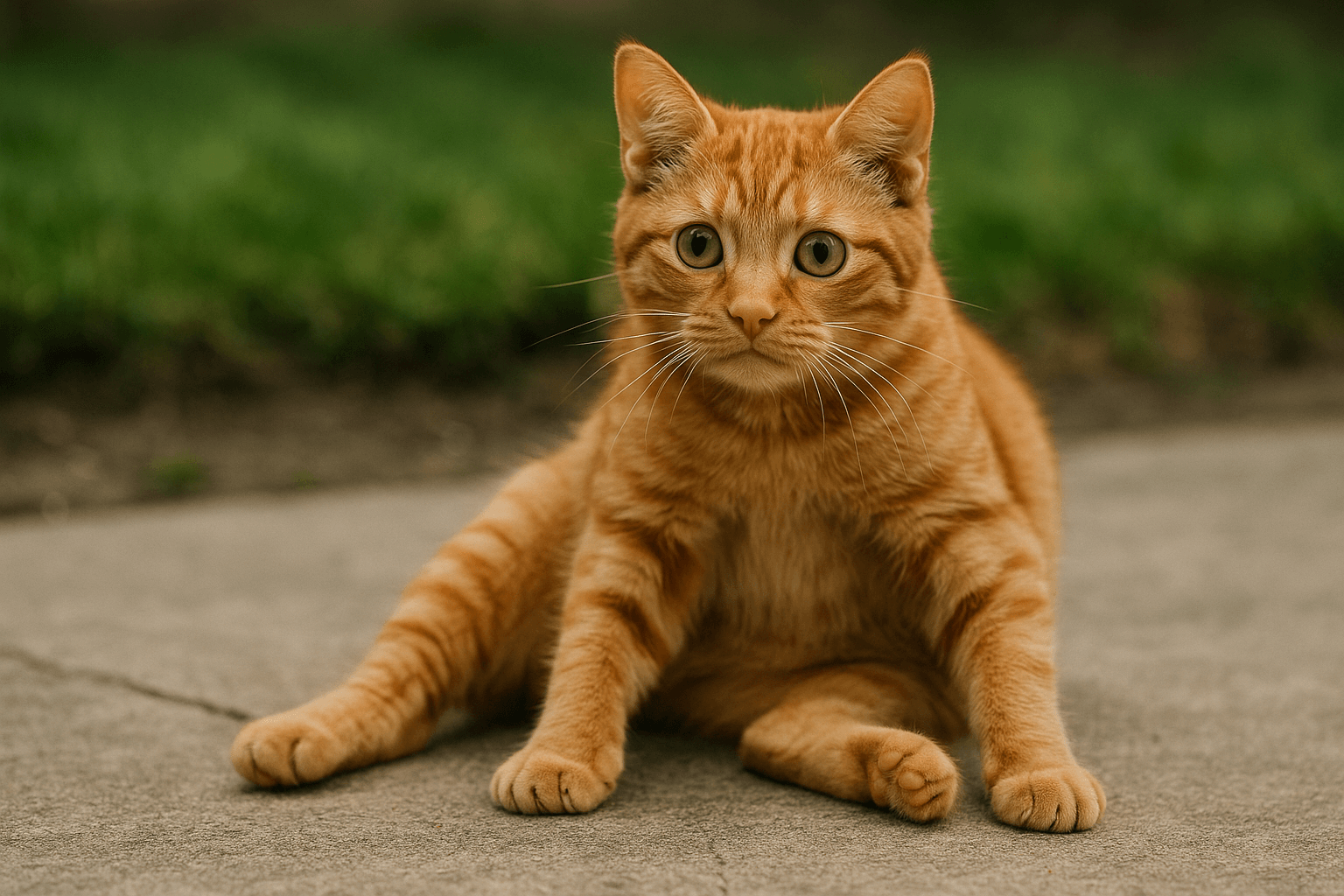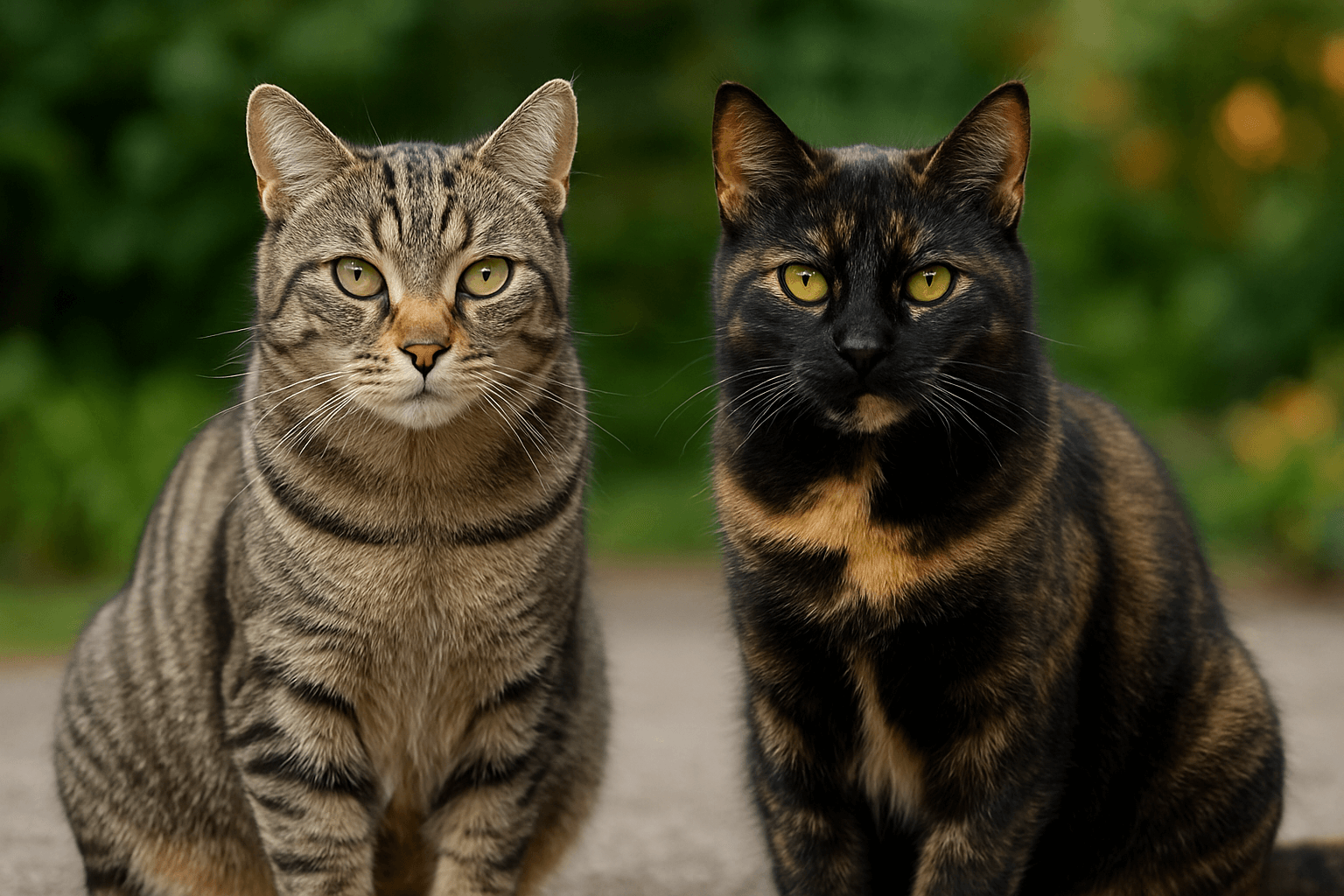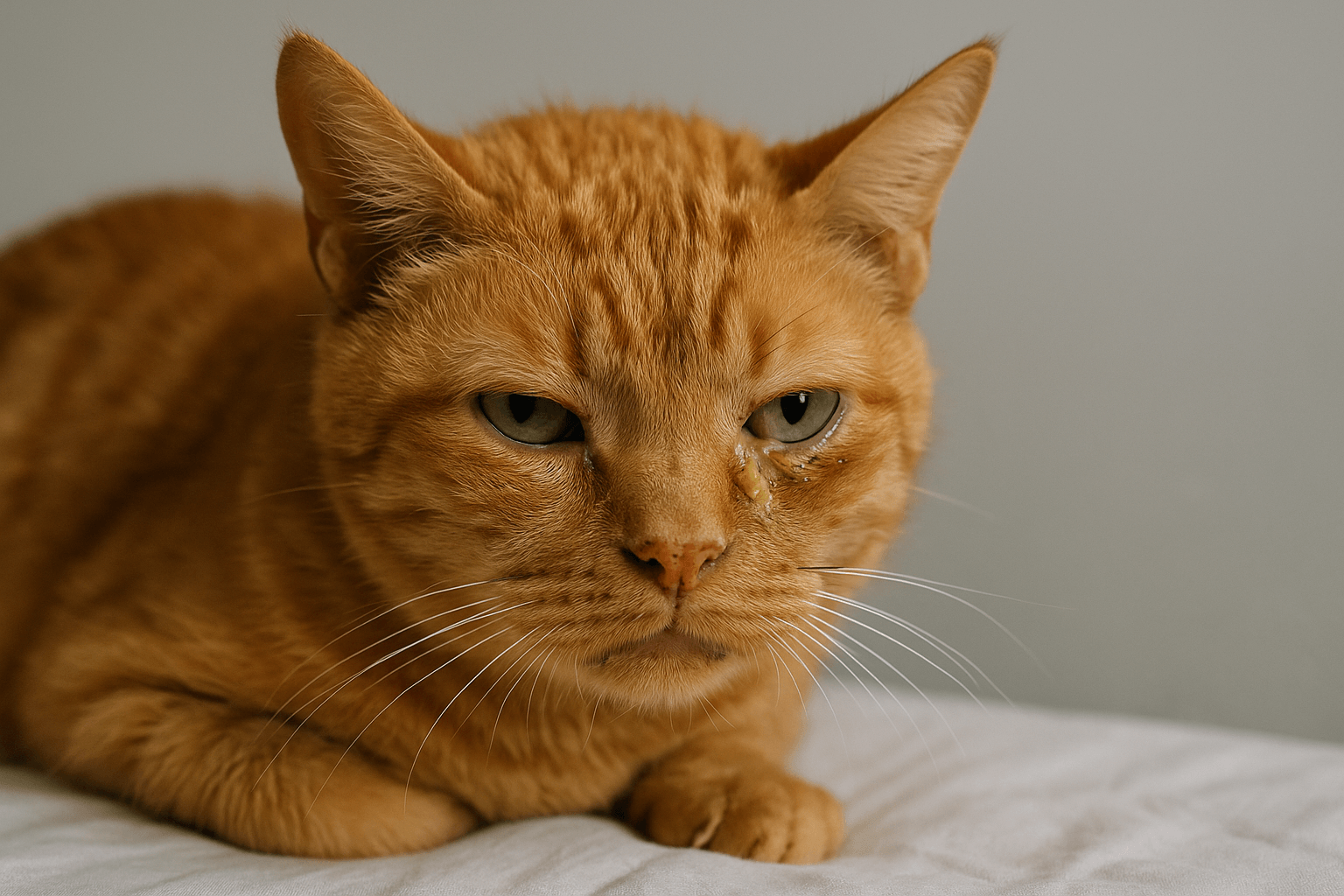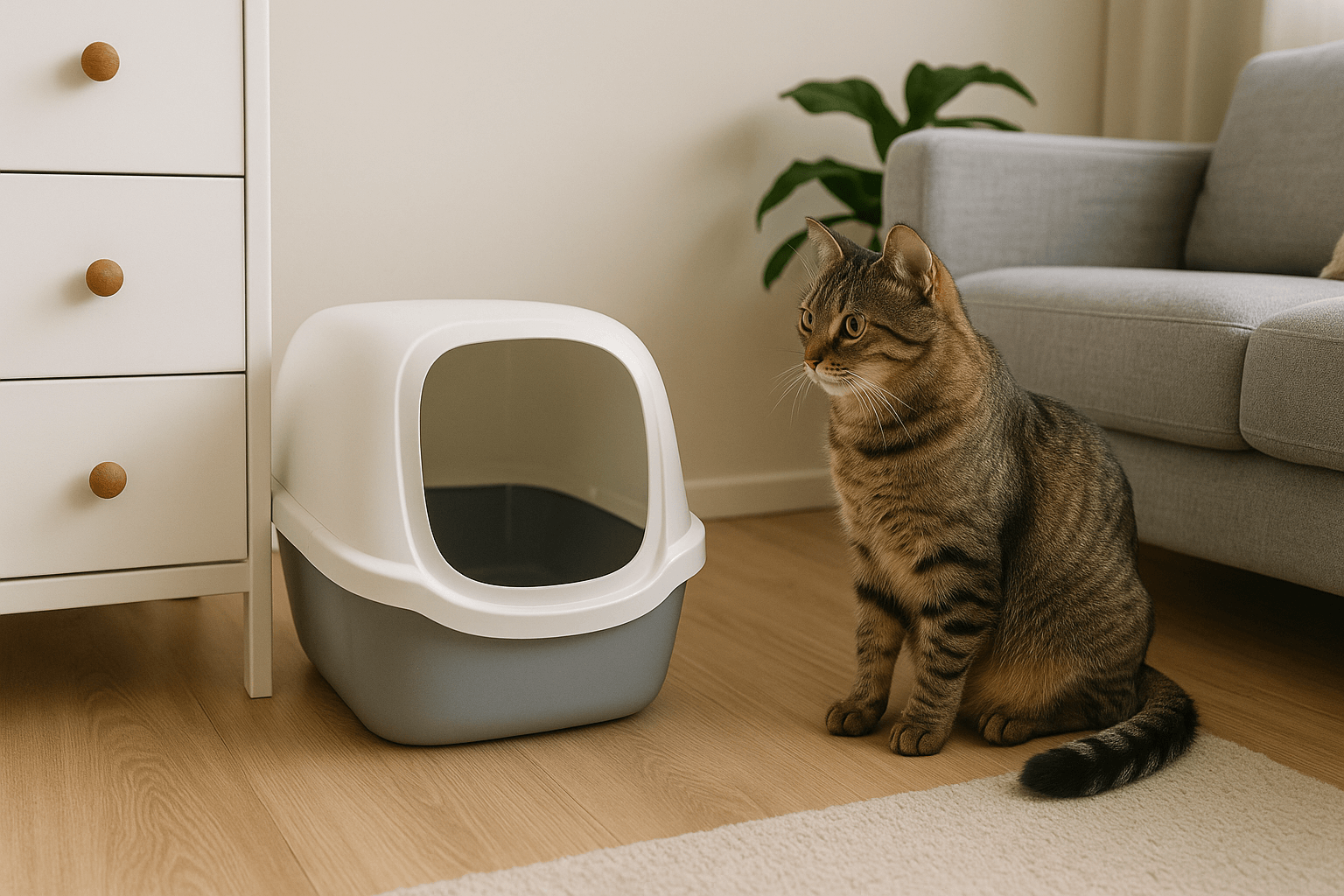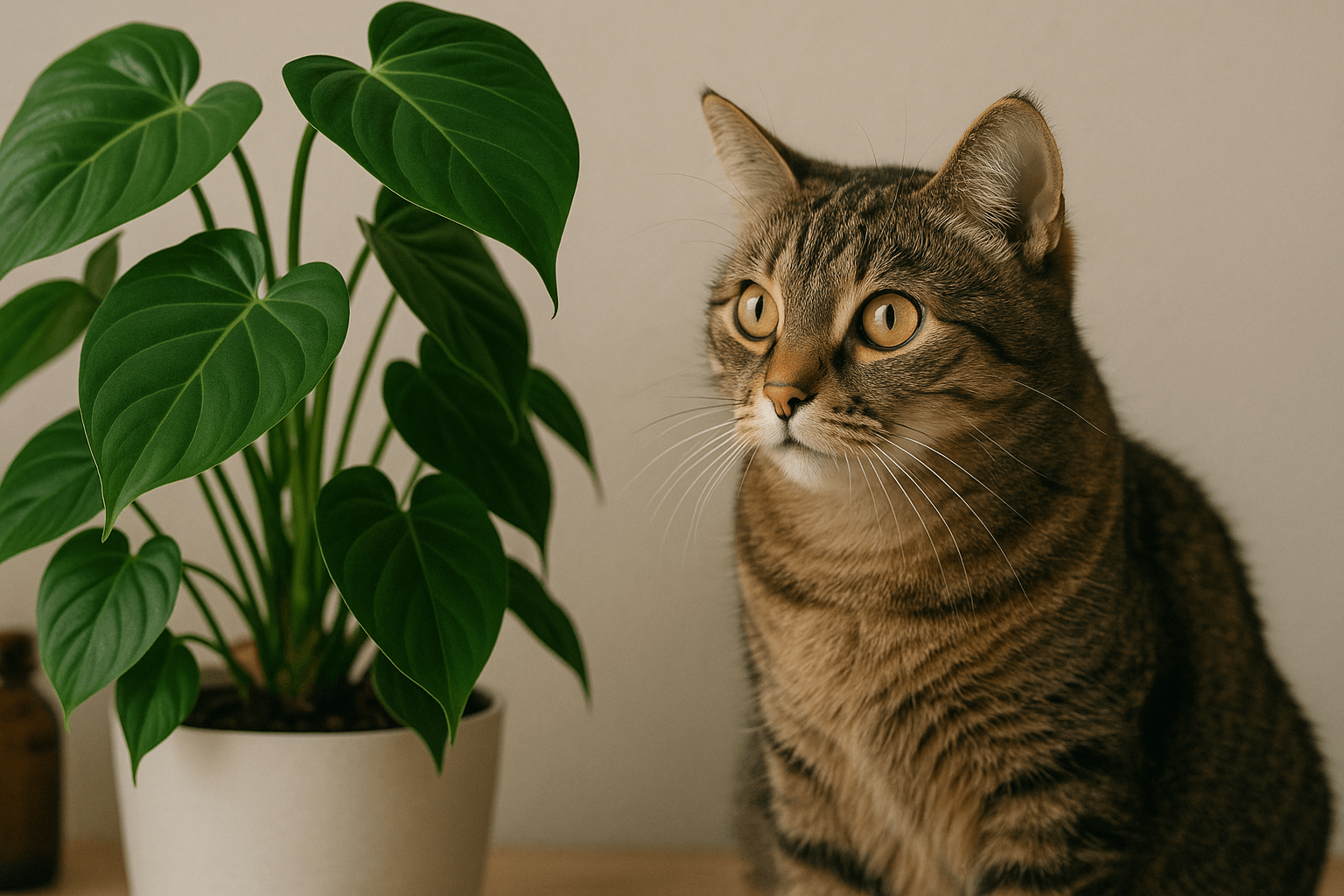Cerebellar Hypoplasia in Cats: What You Need to Know
Cerebellar hypoplasia is a neurological condition that affects a cat’s balance and coordination, often resulting in wobbly movements or “dancing” gaits. While it may sound alarming, this condition is not painful or progressive, and cats with cerebellar hypoplasia can lead happy, fulfilling lives. Understanding the causes, symptoms, and care requirements for these special felines is essential for anyone considering adopting or caring for a cat with this condition. In this blog post, we’ll explore everything you need to know about cerebellar hypoplasia, from its origins to practical tips for providing the best possible care.
What Causes Cerebellar Hypoplasia in Cats?
Cerebellar hypoplasia occurs when the cerebellum, the part of the brain responsible for coordination and motor control, does not develop properly. This underdevelopment typically happens during pregnancy, leading to lifelong challenges for the affected cat. Here are some common causes of this condition:
Maternal Infections:
If a pregnant cat contracts certain viruses, such as feline panleukopenia (FPV), it can interfere with the development of her kittens’ cerebellums.Trauma During Pregnancy:
Physical trauma or stress experienced by the mother cat during pregnancy may impact fetal brain development.Genetic Factors:
In rare cases, cerebellar hypoplasia may result from genetic abnormalities passed down through generations.Malnutrition or Toxins:
Poor nutrition or exposure to harmful substances during pregnancy can hinder proper brain growth in developing kittens.Premature Birth:
Kittens born prematurely may not have had enough time for their cerebellums to fully develop before birth.
Understanding these causes highlights the importance of prenatal care for pregnant cats and underscores why early detection of cerebellar hypoplasia is crucial for managing the condition effectively.
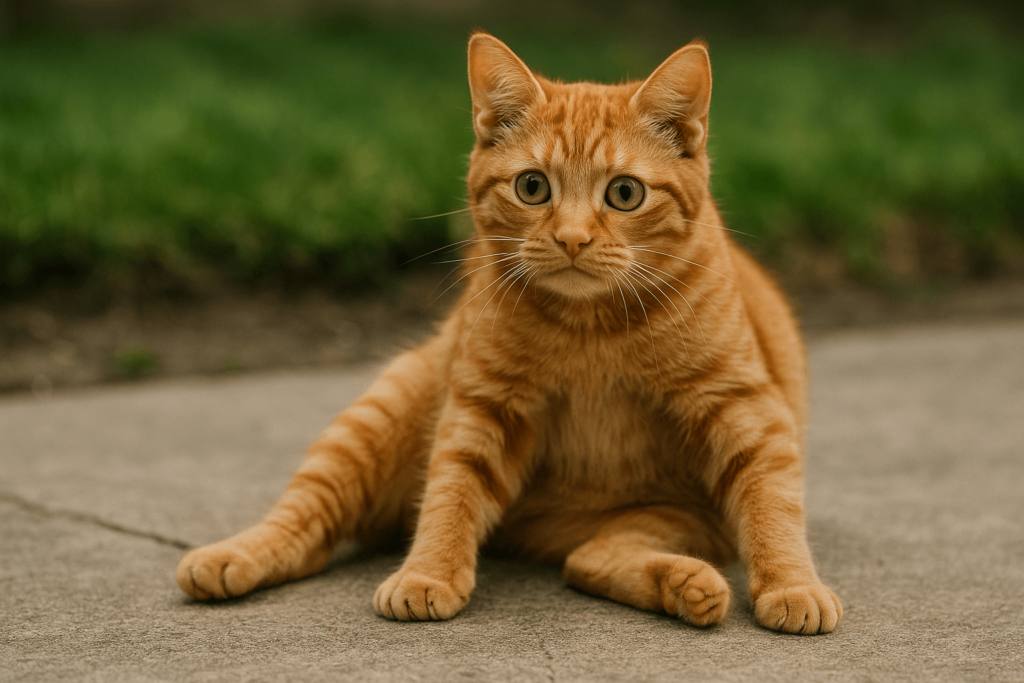
Common Symptoms of Cerebellar Hypoplasia
Cats with cerebellar hypoplasia exhibit distinct physical behaviors due to their impaired coordination. Recognizing these symptoms can help owners identify the condition early and provide appropriate care.
Wobbly Walking:
Affected cats often walk with an unsteady, swaying gait, earning them the nickname “wobbly cats.”Difficulty Jumping:
These cats may struggle to judge distances or land safely when attempting to jump onto surfaces.Head Tremors:
Intention tremors—shaking of the head when focusing on an object or attempting movement—are a hallmark sign of the condition.Frequent Falls:
Due to poor balance, cats with cerebellar hypoplasia may fall over while playing or navigating uneven terrain.Delayed Motor Skills:
Kittens with this condition may take longer than usual to learn basic motor skills like walking or pouncing.
While these symptoms might seem concerning, they are manageable with patience and understanding. With proper support, cats with cerebellar hypoplasia adapt remarkably well to their environment.
Check this guide 👉Cat Sinus Infection Treatment: Best 7 Expert Tips!
Check this guide 👉Kidney Infection in Cats: Best 7 Expert Tips!
Check this guide 👉Understanding Cat Inflamed Butt: Best 7 Expert Tips!
Living with Cerebellar Hypoplasia | Tips for Managing Symptoms |
|---|---|
Provide padded flooring | Use rugs or mats to cushion falls |
Create accessible spaces | Install ramps or low furniture for easier access |
Supervise interactions with other pets | Ensure playtime remains gentle and safe |
Avoid cluttered environments | Keep pathways clear to prevent tripping |
Offer soft bedding | Comfortable resting spots reduce stress |
How to Care for a Cat with Cerebellar Hypoplasia
Caring for a cat with cerebellar hypoplasia requires thoughtful adjustments to ensure their safety and happiness. While these cats don’t require specialized medical treatment, their unique needs must be addressed to help them thrive.
Create a Safe Environment:
Remove hazards like sharp edges, open windows, or unstable furniture that could pose risks to your cat’s safety.Offer Gentle Playtime:
Engage your cat in low-impact activities using toys that encourage mental stimulation without overwhelming their physical abilities.Provide Easy Access to Resources:
Place food bowls, water dishes, and litter boxes within easy reach to accommodate their mobility challenges.Monitor Their Health Regularly:
Schedule routine vet visits to rule out unrelated health issues and ensure your cat remains in good overall condition.Be Patient and Supportive:
Celebrate small victories and focus on building trust, as these cats rely heavily on their human companions for reassurance.
With dedication and compassion, you can create a loving home where a cat with cerebellar hypoplasia feels secure and valued.
Misconceptions About Cerebellar Hypoplasia
Despite growing awareness, several misconceptions surround cerebellar hypoplasia, which can discourage potential adopters or lead to misunderstandings. Dispelling these myths helps foster greater acceptance of these special cats.
It Is Painful for the Cat:
Contrary to popular belief, cerebellar hypoplasia does not cause pain—it simply affects coordination and balance.The Condition Worsens Over Time:
Unlike degenerative diseases, cerebellar hypoplasia is non-progressive, meaning symptoms remain stable throughout the cat’s life.These Cats Require Extensive Medical Care:
While regular vet check-ups are important, most cats with this condition live relatively normal lives without extensive interventions.They Cannot Live Happily Indoors:
With proper accommodations, these cats adapt beautifully to indoor living and enjoy fulfilling relationships with their families.Adopting One Is Too Challenging:
Many owners find that the joy and companionship these cats bring far outweigh any extra effort required to care for them.
By addressing these misconceptions, we can promote a more positive perception of cats with cerebellar hypoplasia and encourage adoption.
The Emotional Rewards of Adopting a Cat with Cerebellar Hypoplasia
Adopting a cat with cerebellar hypoplasia comes with unique challenges, but the emotional rewards are immeasurable. These resilient felines teach us valuable lessons about patience, acceptance, and unconditional love.
Unwavering Loyalty:
Cats with cerebellar hypoplasia often form deep bonds with their caregivers, showing immense gratitude and affection.A Unique Personality:
Their playful antics and determination make them stand out, bringing endless entertainment and joy to their homes.Teaching Empathy:
Living with a cat who faces daily challenges fosters empathy and kindness in both adults and children.Inspiring Resilience:
Watching these cats overcome obstacles inspires us to face our own struggles with courage and grace.Making a Difference:
By adopting a cat with special needs, you’re giving them a second chance at a loving home.
These emotional benefits highlight why caring for a cat with cerebellar hypoplasia is a deeply rewarding experience.
Tips for Training and Socializing a Cat with Cerebellar Hypoplasia
Training and socializing a cat with cerebellar hypoplasia requires creativity and patience. These strategies can help build confidence and strengthen your bond with your pet.
Use Positive Reinforcement:
Reward desired behaviors with treats or praise to encourage learning and cooperation.Introduce New Experiences Gradually:
Allow your cat to explore new environments or meet new people at their own pace to avoid overwhelming them.Encourage Independence:
Provide opportunities for your cat to practice problem-solving, such as accessing food bowls or navigating obstacles.Engage in Interactive Play:
Use wand toys or laser pointers to stimulate their minds and improve their spatial awareness.Celebrate Small Achievements:
Acknowledge every milestone, no matter how minor, to boost your cat’s confidence and motivation.
With consistent effort, training and socialization become enriching experiences for both you and your cat.
How to Advocate for Cats with Cerebellar Hypoplasia
Raising awareness about cerebellar hypoplasia is vital for reducing stigma and encouraging adoption. Here are ways you can advocate for these incredible cats and educate others.
Share Stories on Social Media:
Post photos, videos, and anecdotes about cats with cerebellar hypoplasia to showcase their charm and resilience.Volunteer at Shelters:
Assist shelters by fostering or promoting cats with special needs, helping them find forever homes.Educate Friends and Family:
Explain the realities of cerebellar hypoplasia to dispel myths and highlight the joys of adopting these cats.Support Rescue Organizations:
Donate time or resources to groups dedicated to rescuing and rehoming cats with neurological conditions.Speak Up Against Stereotypes:
Challenge negative perceptions by sharing facts and personal experiences about life with a cat with cerebellar hypoplasia.
Advocacy plays a critical role in ensuring these cats receive the love and care they deserve.
Frequently Asked Questions About Cerebellar Hypoplasia in Cats
Can cerebellar hypoplasia be cured?
No, the condition cannot be cured, but it is manageable with proper care and accommodations.
Is cerebellar hypoplasia contagious?
No, it is not contagious and poses no risk to other animals or humans.
Do these cats live shorter lives?
Most cats with cerebellar hypoplasia live just as long as unaffected cats, provided they receive adequate care.
Can they interact with other pets?
Yes, but supervised interactions are recommended to ensure safety for all animals involved.
Are they suitable for first-time cat owners?
With patience and willingness to learn, first-time owners can successfully care for a cat with this condition.
Embracing Life with a Cat Who Dances to Their Own Beat
Cerebellar hypoplasia may present unique challenges, but it also brings unparalleled joy and fulfillment to those willing to open their hearts to these extraordinary felines. By understanding their needs, celebrating their quirks, and advocating for their well-being, we can ensure that cats with cerebellar hypoplasia lead happy, enriched lives. Whether you’re already caring for one of these remarkable cats or considering adoption, remember that their resilience and spirit make them truly unforgettable companions. Together, let’s continue to spread awareness and create a world where every “wobbly cat” finds a loving home.
Tabby Cat vs Tortoiseshell: Best 7 Expert Tips! Discover the differences in patterns, personalities, and care needs between tabby and tortoiseshell cats to find your perfect feline companion.
Understanding Trichomoniasis in Cats: Best 7 Expert Tips! Discover symptoms, treatment, and prevention strategies for this common feline parasite to keep your cat healthy and happy.
Where to Place a Cat Litter Box? Best 7 Expert Tips! Discover ideal spots, avoid common mistakes, and learn how to keep your cat happy with perfect litter box placement.
Are Philodendrons Toxic to Cats? Best 7 Expert Tips! Discover if philodendrons are safe for cats, symptoms of poisoning, and expert advice to keep your feline friend healthy around houseplants.

